Bustling under the canal
Early in the morning, following the Mac Can Dung canal running across the communes of Can Dang, Vinh Hanh, Vinh An, it is easy to see many dredging boats with engines raking to harvest mussels. Decades ago, people only knew how to use fishing tools such as bamboo poles with nets attached to rake mussels. People had to immerse themselves in the canals; it was very hard work, but the harvest was not much. Now, people have invested in equipment and larger boats to harvest mussels with a higher yield. Mr. Tran Thanh Tam, the owner of a mussel dredging boat along the canals, said that when he was a child, he used to follow his father on the boat to rake mussels by hand. When the weather turned cold, everyone's hands and feet were freezing, but the mussel harvest was only a few hundred kilos! Now, with a rake with a high-capacity engine, running one session on the canals can rake more than 1 ton of mussels. Mr. Tam said that he earns more than 1 million VND per day, after deducting expenses.
Wash mussels and weigh them for traders
The clam raking boats look very simple. Behind is a heavy iron frame with a mesh bag attached, each time the raking boat passes by, it will dig deep into the mud layer about 4 inches. Accordingly, this mollusk will be caught in the net. Running about a few hundred meters, the crane behind the raking boat pulls the mesh bag up to the floor and back and forth in the water, then pours the clams into a large basin, the fishermen begin to select and classify. Mr. Tam said, the mesh bag is messy including clams, clam shells, snail shells, trash... Therefore, it takes 3 people to sort the clams to keep up. After the clams are classified, the source of clams is poured into the boat's hold. Just like that, the clam rakers pass through the canals, then rake the clams until the boat has a full harvest, then they dock and weigh them for the traders.
Year-round income
Mr. Nguyen Van Loi (a mussel raker) said that it seems like every day there are people raking in the canal. Because the demand for mussels by small traders increases every day. Many people say that the Mac Can Dung canal has the most mussels, because the water flows from the river deep into the fields, creating a favorable breeding environment for mollusks. In many sections of the canal, fishermen rake back and forth every day, but the mussels are still there.
In the afternoon, we stopped by a mussel purchasing wharf and saw dozens of moored dredgers scooping mussels to weigh for traders, very busy. The sound of water pumps and the rustling of mussel floors made the entire canal bustling. Sitting on the campsite watching workers weigh mussels, Mr. Tran Van Quyen (49 years old, living in Vinh An commune) confided: "Every day, I buy dozens of tons of mussels. Thanks to this job, people have a stable income." He said that mussels cost 2,000 VND/kg, on average, each dredger harvested about 1-2 tons, which is more than 1 million VND after deducting all expenses. There was a time when mussels weighed in buckets cost 3,000-4,000 VND, people had quite a high income, so they did not need to go to big cities to work as laborers.
Mr. Quyen said that the profession of raking mussels with boats equipped with high-power engines has been popular for more than 10 years, since the mussels were used by coastal fishermen as food for tiger prawns. Therefore, the mussel raking profession has developed strongly until now. Mussels are considered a nutritious food source for tiger prawns.
In addition to Mac Can Dung canal, dredge boats roam the branches of Canal 5, Canal 7, Canal 9, Canal 10 to harvest mussels. From here, mussels move everywhere, from the countryside to the markets in the region, bringing a significant source of income for the people.
LUU MY
Source: https://baoangiang.com.vn/dong-kenh-hen-a423181.html


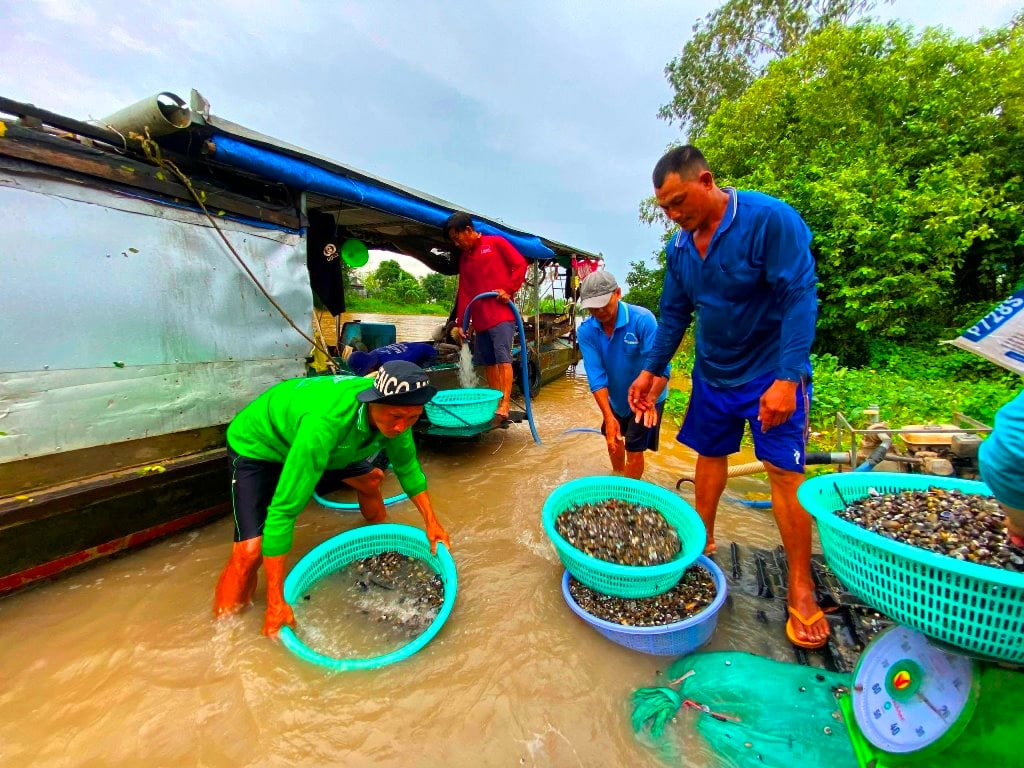



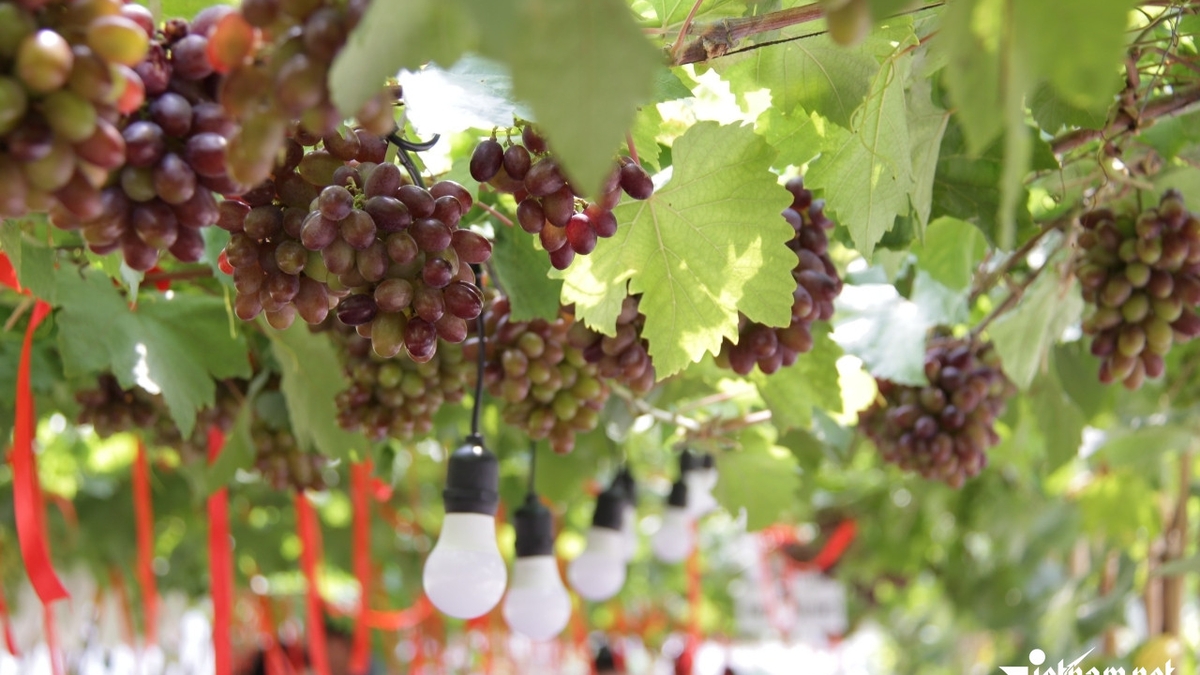































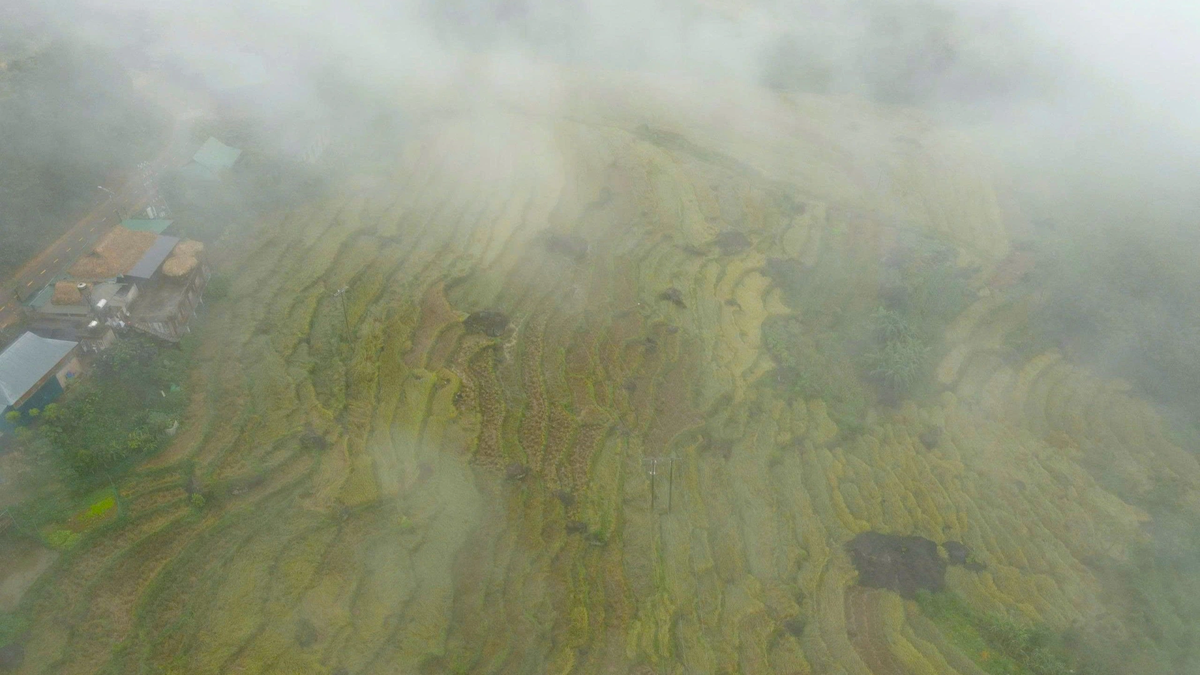
![[Photo] General Secretary To Lam and National Assembly Chairman Tran Thanh Man attend the 80th Anniversary of the Traditional Day of the Vietnamese Inspection Sector](https://vphoto.vietnam.vn/thumb/1200x675/vietnam/resource/IMAGE/2025/11/17/1763356362984_a2-bnd-7940-3561-jpg.webp)








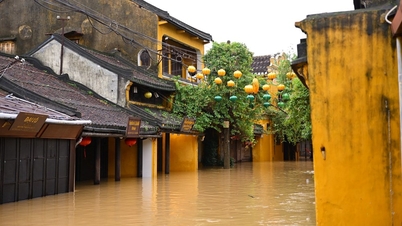
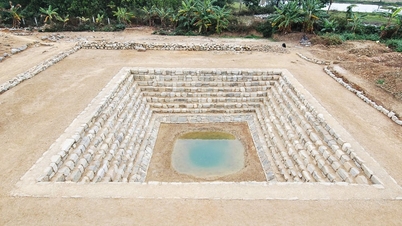

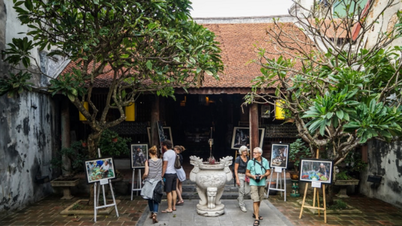

















































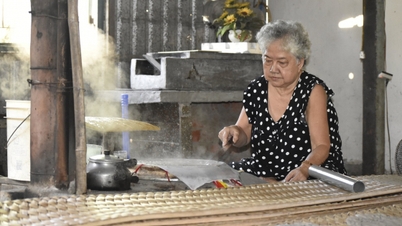








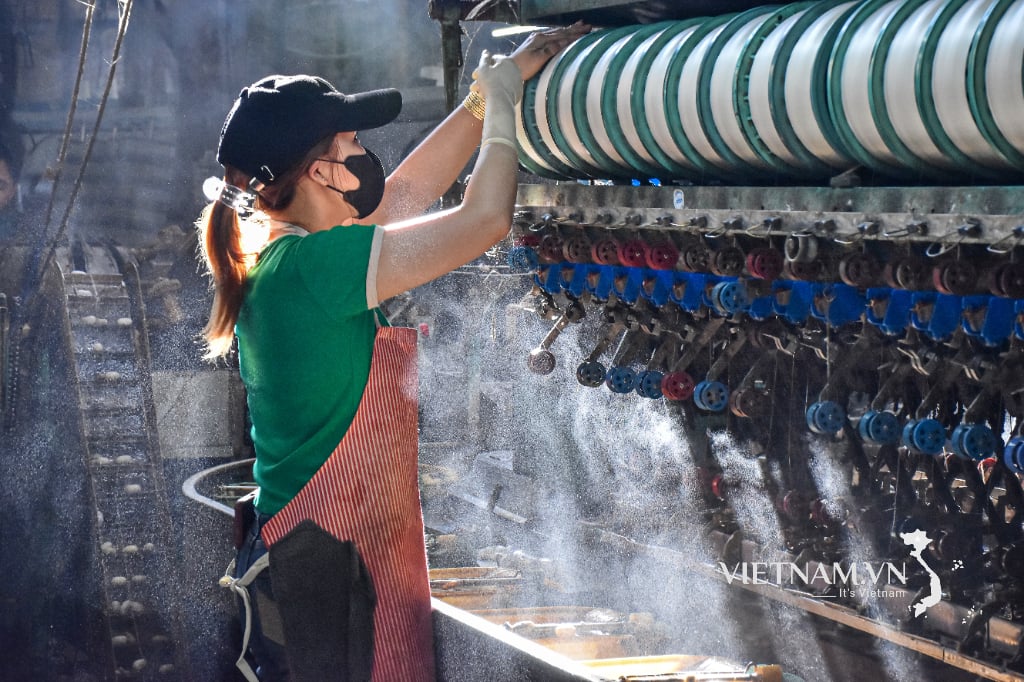

Comment (0)